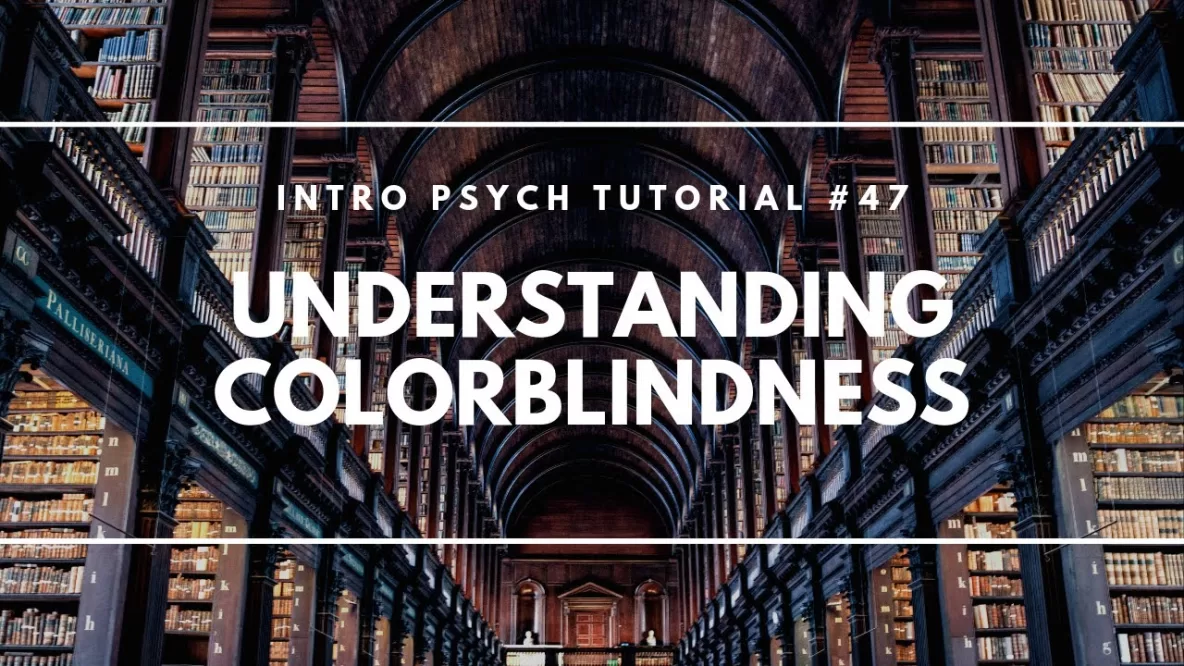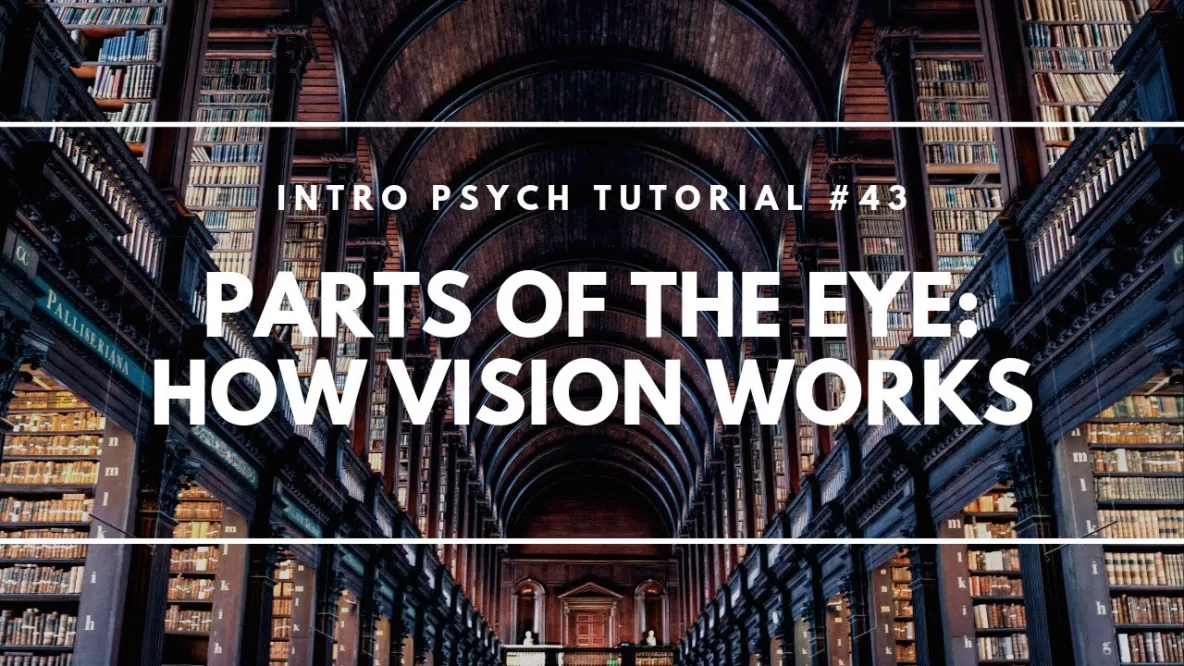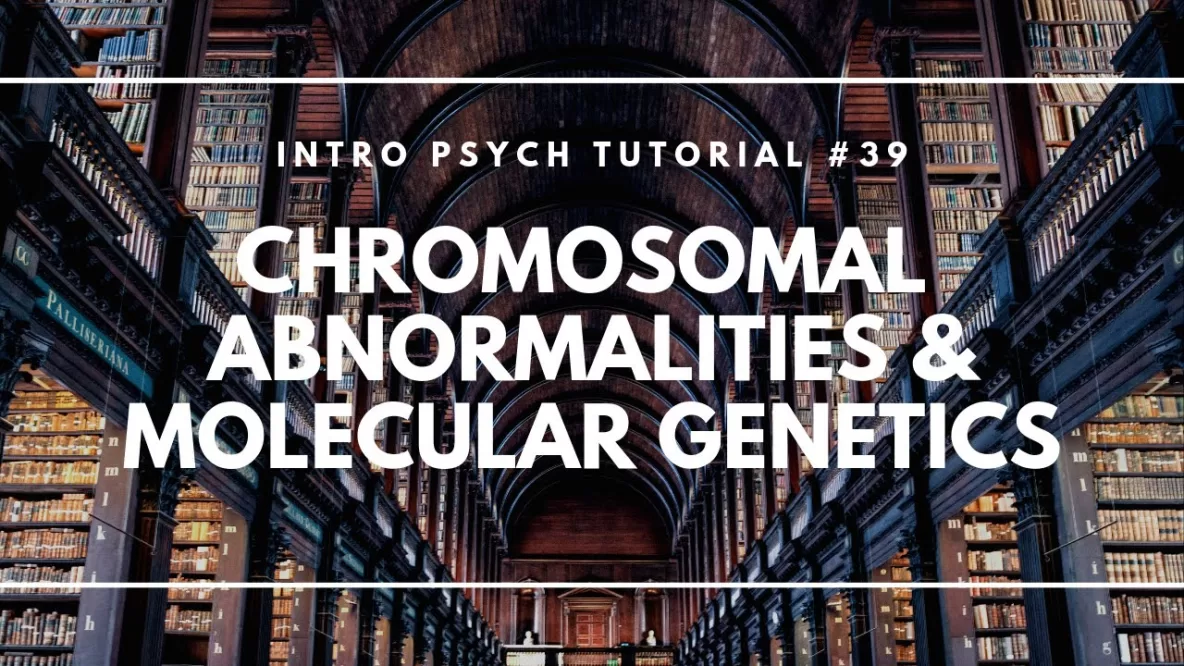In this video I explain different types of colorblindness and what can cause people to have difficulty differentiating colors, either from the lack of a cone type (-anopia) or if the sensitivity of a cone type has been shifted (-anamoly). … Read More
Color Vision: Trichromatic and Opponent Process Theories
In this video I discuss how color vision occurs and explain two important theories for understanding color vision; Young-Helmholtz Trichromatic Theory and Opponent Process Theory. Along the way I describe how some people are able to see ultraviolet (UV) light, … Read More
Photoreceptors, Receptive Fields, and Lateral Inhibition
In this video I go into more detail on the retina, describing the two main types of photoreceptors (rods and cones) and how they operate in different levels of light. Next I describe the composition of receptive fields and how … Read More
Blood Vessels, Floaters, and Blind Spots
In this video I consider several strange aspects of vision such as why we don’t normally see the blood vessels in our eyes, what those odd shapes are that we see when we look at a clear sky, and why … Read More
Parts of the Eye: How Vision Works
In this video I describe the parts of the eye and the function of each of these parts for vision. I also explain why the red-eye effect occurs in photographs and how an additional light is able to correct for … Read More
Signal Detection Theory
In this video I explain how signal detection theory relates to psychophysics and the study of absolute and difference thresholds. I also explain how response criteria play a role in signal detection theory and the possibility of type I and … Read More
Psychophysics!
In this video I introduce psychophysics and explain the difference between the absolute threshold and the difference threshold (or just noticeable difference). I also discuss the difficulties of measuring our sensitivity to stimulation and provide a simple demonstration of Weber’s … Read More
Introduction to Sensation and Perception
In this video I introduce sensation and perception by explaining the difference between these two related terms. I also define transduction and consider how the organization and interpretation of sensory stimulation involves learning, experience, and the possibility for multiple interpretations … Read More
Chromosomal Abnormalities and Molecular Genetics
In this video I introduce examples of molecular genetics and how specific genes or chromosomes can influence traits, behaviors, or illnesses. The difference between genetic and inherited is defined and several chromosomal abnormalities are explained including Down Syndrome, Turner Syndrome, … Read More
What is Heritability?
In this video I provide a basic introduction to twin studies and heritability scores. I explain how a heritability score tells us about the role of genes in explaining variance in a trait. I also discuss some common errors and … Read More










